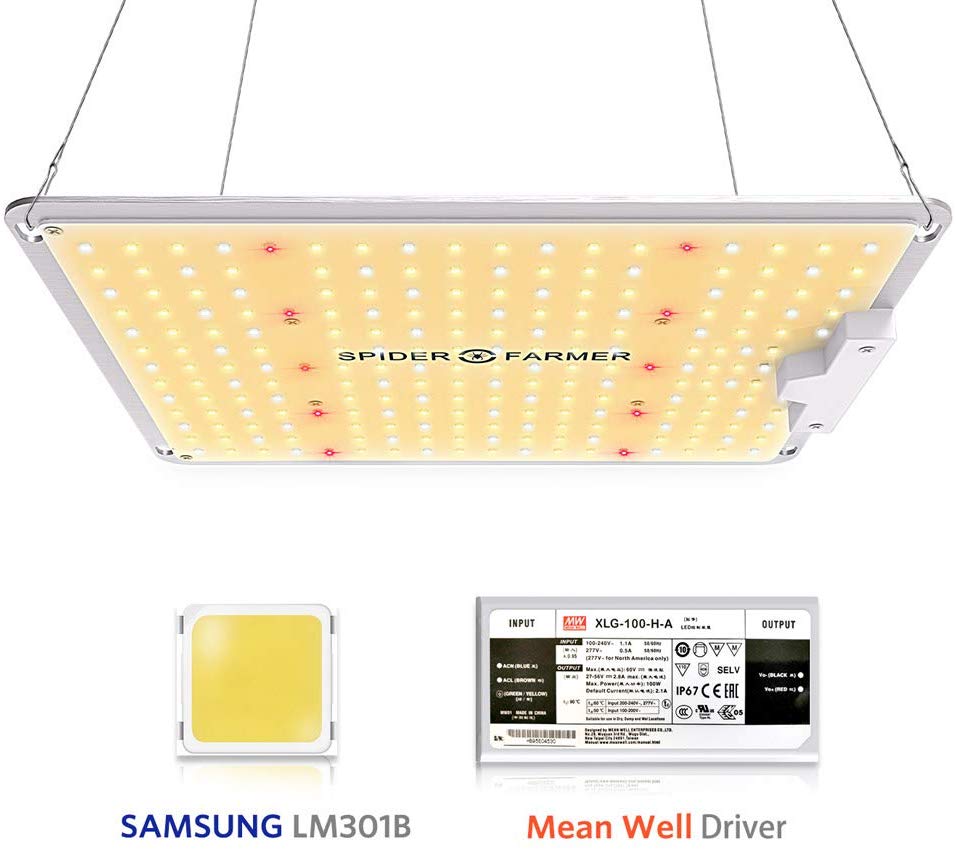No longer. Now, nothing beats the top LED lights for flowering. They have the perfect spectrum and get deep canopy penetration.
But that’s only the best. The rest are far less effective.
That’s why you need to make sure you get one of the few LED bloom grow lights that are actually up to the task. And ideally, ones that don’t cost thousands of dollars.
The first thing to remember is that when you are growing indoors, your plants do not have environmental feedback telling them which season it is and what they are supposed to do.
You have to tell your plants what season it is and the way to do it is with your lighting. In an outdoor setting, cannabis plants flower in the fall when days become shorter, the sun is lower in the sky and plants are signaled that the annual life cycle is coming to an end. After about 8 weeks of vegetative growth you have to mimic this change in the day cycle.
Your light schedule should be changed from 18 hours light to 12 hours light and 12 hours dark. Along with the change in the amount of time the light is on, you must also change the amount of red wavelengths the plants get. This is very easy to do with LED grow lights. All you need to do is add a LED with a high ratio of red wavelengths or all red wavelengths.
The flowering phase in Cannabis is triggered by the light/dark cycle. It is started by changing your cycle to 12 hours on and 12 hours off. During this phase, the plants will continue to grow vigorously and require even more light because of their size. Some growers switch to HPS grow light at this time because the plants need more red light than they did previously, but with Full Spectrum LED grow lights, the need to change sources is eliminated, saving grow light time, bother, and money as well as the need to control the large amount of heat produced by HPS lamps.
While it's possible to give plants too much light, it's not likely with an indoor grow room because you would likely overheat it and waste energy. Practically speaking, a minimum of 37 watts per square foot is a minimum, and 65-75 watts is your upper limit for our LED grow lights. Keep in mind you need more watts per square foot when using other lighting technologies such as HPS or MH, or even when using other LED grow lights that aren’t fully optimized with the Phyto-Genesis Spectrum.
Pros of LED lights
Cutting Edge & Custom Spectrum – LED grow light technology has arrived! You can now grow plants from seedling to flower with one light; with the flip of a switch, your light bands can be altered to provide the best light for vegetative and flowering stages.
Options for low heat, low electricity– A LED panel doesn’t produce much heat or use much electricity Wide Spectrum LEDs that provide more color spectrums that cannabis plants use 50,000 to 100,000 hours life
Spider Farmer LED Quantum Board

These grow lights are more energy efficient than traditional LED grow lights. That’s partially due to the fact they don’t use cooling fans. Another reason is the LEDs they used in these designs are newer versions of diodes compared to grow lights that were designed years earlier but are still for sale today.
Spider Farmer’s 2.7 micromoles per Joule is at the very high end of efficiency compared to most other grow lights that typically fall between 1.5 and 2.4 uMol/Joule.
No comments:
Post a Comment